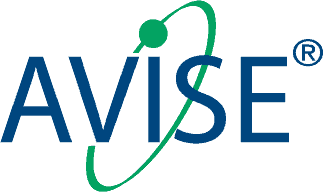A Multianalyte Assay Panel with Cell-Bound Complement Activation Products Demonstrates Clinical Utility in Systemic Lupus Erythematosus
Summary
This multi-center, retrospective chart review assessed the clinical utility of AVISE Lupus in patients suspected of systemic lupus erythematosus (SLE). The findings indicated that AVISE Lupus significantly enhanced physician confidence in both ruling in and ruling out lupus, providing valuable insights that informed appropriate treatment decisions. This suggests that the test could play a crucial role in the diagnostic process and management of SLE, potentially leading to more targeted and effective patient care.
References:
-
Lupus Sci Med., 2021 Jul 12;8(1):e000528. doi: 10.1136/lupus-2021-000528

